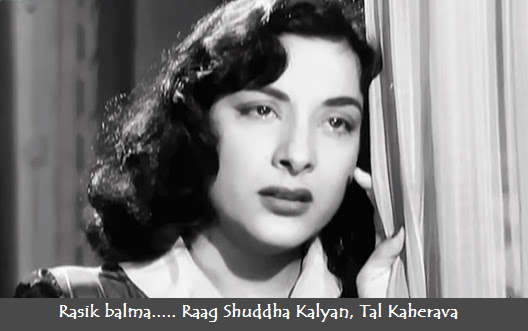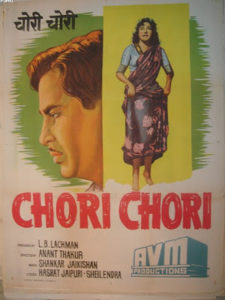Raaga Based Song of the Day: Manmohana bade jhuthe…
Raag Jaijaiwanti, Tal Ektal
We have completed forty-six days of Raaga Based Songs of the Day. Our first post in the series was titled ‘Raaga Based Song Of The Day #1’ and the song was a Mohammad Rafi and Lata Mangeshkar song from the 1970 Shakti Samanta movie Pagla Kahin Ka: Tum mujhe youn bhula na paoge. It is in Raag Jhinjhoti, Tal Kaherava.
Our forty-sixth post was titled ‘Raaga Based Song Of The Day #46‘ and the song was a Mukesh and Lata Mangeshkar song from the 1967 Adurthi Subba Rao movie Milan: Sawan ka mahina pawan kare sor. It is in Raag Pahadi, Tal Kherava.
This blog has a number of posts on Raaga based songs in Hindi movies titled similarly; for example: ‘The Best Raaga Based Songs in Hindi Movies – Raaga Yaman – Part III‘.
In the last forty-six days of sharing Raaga based songs of the day, I have given you songs based on Raag Jhinjhoti, Gara, Bhimpalasi, Madhuvanti, Shivaranjani, Bihag, Pahadi, Sarang, Pilu, Bhairavi, Khammaj, Charukesi, Kalyan or Yaman, Desh, Malgunji, Kirwani, Kedar, Bageshri, Megh Malhar, Bhupali, Ahir Bhairav, Malkaush, Adana, Kafi, Rageshri, Jaunpuri, Tilang, Janasammohini, Chayanat, Shuddha Kalyan, Gaur Sarang, Jogiya, Asavari, Maru Bihag, Durga, Lalit, Puria Dhanashri, Bhinna Sahdja, Sohani, Multani and Patdeep. The only two raag that has been repeated so far are Pahadi, the raaga of my home place in the Himalayas, and Maru Bihag.
Today, I give you a song in Raag Jaijaiwanti, Tal Ektal.
However, first, lets take up the value added learning of today. Today, we shall learn about two things: firstly, since this is the first song that we are taking up with Ektal, I shall tell you a little more about Ektal; secondly, the accompanying musical instrument with this song pictured on Nutan is Tanpura. So, I shall tell you about Tanpura.
Ektal, a popular tal in Indian classical music, is commonly used in classical music style such as Khayal and semi-classical style such as Rabindra Sangeet. Ektal has 12 matras divided into six vibhags:
clap, 2, wave, 2, clap, 2, wave, 2, clap, 2, clap, 2
Now, you are bound to ask me: “That makes it four claps; then why is it called Ektal?” Guess what? I have studied varied literature and couldn’t find an answer to it. If you have the answer, please educate all of us in the comments below.
It has a characteristic pattern of bols (theka) which goes as follows:
| Dhin | Dhin | | | DhaGe | TiRaKiTa | | |
| x | 0 | ||||
| Tun | Na | | | Kat | Ta | | |
| 2 | 0 | ||||
| DhaGe | TiRaKiTa | | | Dhin | Na | | |
| 3 | 4 |
Some of the popular Hindi movies songs in Ektal are: Ja re beimaan tujhe jaan liya (Raag Bageshri), Jago re jago prabhat aaya (Raag Todi), Ketaki, gulab, juhi, champak bana phule (Raag Basant Bahar from the movie Basant Bahar, song sung by Bhimsen Joshi on composition by Shankar Jaikishan, on the lyrics of Shailendra), and Tori jai jai kartaar (a song sung by Ustad Amir Khan for the 1952 movie Baiju Bawra, a composition of Naushad on Shakeel Badayuni’s lyrics).
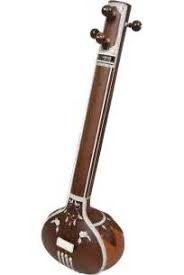 That brings us to Tanpura. Tanpura is called a drone because this musical instrument doesn’t provide melody but supports the melody of another instrument or a singer by constantly providing a continuous harmonic bourdon or drone. It is therefore easy to guess that it doen’t change throughout the performance. Watch the accompanying song and you will know.
That brings us to Tanpura. Tanpura is called a drone because this musical instrument doesn’t provide melody but supports the melody of another instrument or a singer by constantly providing a continuous harmonic bourdon or drone. It is therefore easy to guess that it doen’t change throughout the performance. Watch the accompanying song and you will know.
The meaning of the name Tanpura is contained in two words: Tan or Taan (that is, a musical phrase); and Pura, that is complete. Carnatic musicians refer to Tanpura as Tambura or Tanpuri. Tanpuras come in different sizes and pitches: larger ‘males’, smaller ‘females’ for vocalists, and a yet smaller version is used for accompanying sitar or sarod, called tamburi.
It is not an ancient instrument like Bansuri and has no mention of it before the early seventeenth century. Its construction is similar to Sitar except that it has no frets. Its strings (four or five) are always plucked at full length in a continuous unchanging pattern.
Tanpuras are designed in three different styles:
- Miraj style: the favourite form of tanpura for Hindustani performers.
- Tanjore style: this is a south Indian style of tambura, used widely by Carnatic music performers.
- Tanpuri: small-scale instruments, used for accompanying instrumental soloists such as with Sitar, Sarod and Sarangi.
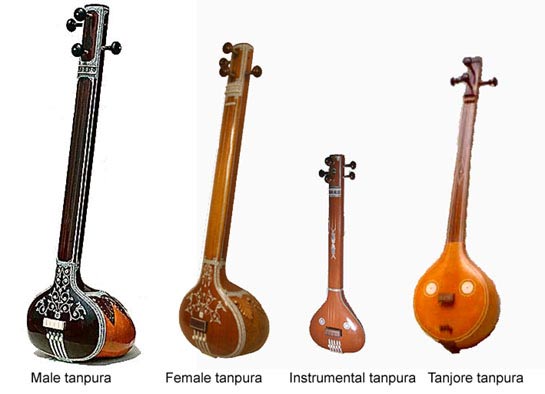
As I mentioned, today’s song is composed in Raag Jaijaiwanti, Tal Ektal.
Jaijaiwanti is a complex Raaga devised by the ninth Guru of the Sikhs: Guru Tegh Bahadur ji. His son, the tenth Guru, Gobind Singh, introduced this Raaga in Sri Guru Granth Sahib ji. Surprisingly though, it is not mentioned in the Raagmala on the last two pages of SGGS.
It is a combination of two other Raagas in SGGS: Raag Bilawal and Raag Sorath. It belongs to Kafi Thaat. Its Jati is Audhav Sampurna (Vakra). Gandhar & Dhaivat are Varjya in Aaroh, Both Gandhars & Both Nishads. Rest all Shuddha Swaras.
The Raaga is meant to be sung during the second prahar of the night, ie, between 6 to 9 pm.
Some of the popular songs composed in this raaga are:
| 1. 2. 3. 4. 5. 6. 7. 8. 9. 10. 11. 12. 13. 14. 15. 16. 17. 18. 19. |
Man Mohana Bade Jhoote Jab Raat Ho Aisi Bairan Ho Gayi Raen Tere Mere Sapne Mohabbat Ki Raahon Mein Pyare Darshan Dijo Baandh Preet Phool Dor More Mandir Ajahoon Mare Gaye Gulfam Zindagi Aaj Mere Meri Aankhon Se Badle4 Badle Mere Mere Jeevan Mein Kiran Ae Ri Aali Piya Chandi Ka Badan Tere Mere Khayalon Dhal Chuki Shaame Gam Dil Shaam Se Ankhein Keh Gayeen |
Seema Mughal-E-Azam Dekh Kabira Roya Guide Udankhatola Meera Malti Madhav Mahatma Kabir Teesri Kasam Son Of India Pooja Ke Phool Chaudhavi Ka Chand Talaaq Raagrang Tajmahal Barsaat Ki Raat Kohinoor Sanskaar Bhai Sahab |
Lata Lata Manna Dey Rafi Rafi Vani Jayram Lata Asha Lata Rafi Lata Lata Asha, Manna Dey Lata Manna Dey, Sudha Rafi Rafi Asha Batish |
Today’s song is from the 1955 Amiya Chakravarty movie Seema starring Nutan and Balraj Sahni. The story centres around Gauri played by Nutan who is ill treated by her paternal uncle and his wife who undertake to look after her after her parents pass away. She has to work as a maid-servant and her uncle and aunt use her money. She is framed of theft and she beats up the person accusing her and runs away. She finally lands up with Shree Satyanand Anathalaya, an orphanage run by a compassionate Manager, Ashok, played by Balraj Sahni. He tries to get justice for her and she doesn’t run away anymore.
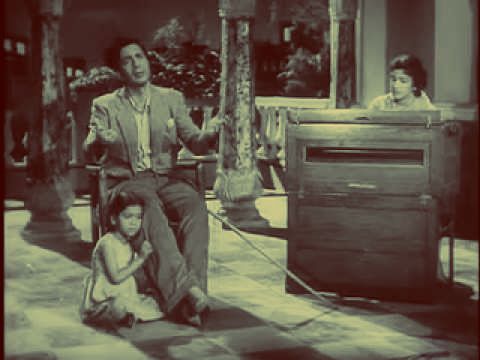
Nutan, the great actress she was, received the Filmfare Best Actress Award for her role in this movie too. Shankar Jaikishan used both their lyricists: Shailendra and Hasrat Jaipuri to create the following songs:
| 1 | Tu Pyar Ka Sagar Hai | Manna Dey | Shailendra | 05:22 |
| 2 | Kahaan Jaa Raha Hain | Mohammed Rafi | Shailendra | 04:26 |
| 3 | Man Mohana Bade Jhoothe | Lata Mangeshkar | Shailendra | 04:09 |
| 4 | Ye Duniya Gam Ka Mela Hai (Hame Bhi De Do Sahara, Ke Besahare Hain) | Mohammed Rafi | Hasrat Jaipuri | 04:19 |
| 5 | Baat Baat Me Rutho Na | Lata Mangeshkar | Hasrat Jaipuri | 04:08 |
| 6 | Suno Chhoti Si Gudiya(Happy) | Lata Mangeshkar | Hasrat Jaipuri | 02:40 |
| 7 | Suno Chhoti Si Gudiya(Sad) | Lata Mangeshkar | Hasrat Jaipuri | 05:45 |
Please enjoy Lata Mangehskar a song composed by Shankar Jaikishan in Raag Jaijaiwanti, Tal Ektal, on the lyrics of Shailendra: Man mohana bade jhoothe….
Manamohanaa ba.De jhuuThe
Haar ke haar nahii.n maane
Manamohanaa …
Bane the khilaa.Dii piyaa
Nikale anaa.Dii piyaa
Mose beimaanii kare
Mujhase hii ruuThe
Manamohanaa …
Tumharii ye baa.Nsii kaanhaa
Banii galaa phaa.Nsii
Taan sunaake meraa
Tan man luuTe
Manamohanaa …
We have intended to learn about Raaga based music whilst we entertain ourselves with Raaga based songs. So, lets, once again, take stock of our collective learning so far:
- On the first day we learnt about the Raaga system devised by Pandit Vishnu Narayan Bhatkhande, which is the prevalent system in Hindustani Classical Music and based on ten Thaats.
- On the second day we learnt about Tal or Taal.
- On the third day we learnt about characteristics of Raagas that included Swar, Jati, Thaat, Arohana and Avarohana, Vadi, Samvadi and Pakad.
- On the fourth day, we learnt about Sargam.
- On the fifth day, we learnt about notations used in Indian classical music or simply Swar Lipi.
- On the sixth day, we learnt about the Ras (sentiments) that Raagas evoke.
- On the seventh day, we learnt about various types of Swar: Shuddha, Achal, Vikrut, Komal and Teevra.
- On the eighth day, we learnt the parts of a composition in Indian Classical Music.
- On the ninth day, we learnt the names of some of the popular instruments used in Indian Classical Music.
- On the tenth day, we learnt about the sources of names of Raagas.
- On the eleventh day, we learnt about why Bhairavi is the first raag to be taught to beginners and also why it is the last in a performance.
- On the twelfth day, we learnt about Khammaj Thaat.
- On the thirteenth day, we learnt about Tal Punjabi Theka or Sitarkhani.
- On the fourteenth day, we learnt about Alap.
- On the fifteenth day, we learnt about List of Raagas (Raagmala) in my favourite book: Sri Guru Granth Sahib.
- On the sixteenth day, we learnt about tips for raaga identification.
- On the seventeenth day, we learnt the basics of Gharana system.
- On the eighteenth day, we learnt about Filmi Sangeet.
- On the nineteenth day, we learnt about the commonest Tal in Raagas: Tintal.
- On the twentieth day, we learnt about the Kafi Thaat.
- On the twenty-first day, we learnt a little more in detail about the classification of Raagas.
- On the twenty-second day, we learnt the essential differences between Bhairavi and Bhairav.
- On the twenty-third day, we learnt a little more in detail about the Jati or Jaati of a raaga.
- On the twenty-fourth day, we learnt details of Thaat Bilawal, the most basic thaat in the Bhatkhande’s system of raagas.
- On the twenty-fifth day, we learnt about Tintal.
- On the twenty-sixth day, we learnt in detail about the Raaga – Samay linkage.
- On the twenty-seventh day, we learnt about Lehar.
- On the twenty-eighth day, we learnt about the history of the Hindustani Music.
- On the twenty-ninth day, we learnt about Dhrupad.
- On the thirtieth day, we learnt about Rupaktal that I was introduced to, a few months back, by my friend Anand Desai.
- On the thirty-first day, we learnt about Khayal.
- On the thirty-second day, we learnt about Thumri.
- On the thirty-third day, we learnt about Tappa.
- On the thirty-fourth day, we learnt about Tarana.
- On the thirty-fifth day, we learnt about Tal Dipchandi (Moghali).
- On the thirty-sixth day, we learnt about Tabla.
- On the thirty-seventh day, we learnt about Kirtan.
- On the thirty-eighth day, we learnt about Pakhawaj.
- On the thirty-ninth day, we learnt about Hori.
- On the fortieth day, we learnt about Dadra.
- On the forty-first day, we learnt about Kajri.
- On the forty-second day, we learnt about Chaiti.
- On the forty-third day, we learnt about Sarangi.
- On the forty-fourth day, we learnt about Shehnai.
- On the forty-fifth day, we learnt about Sarod.
- On the forty-sixth day, we learnt about Bansuri.
- And today, on the forty-seventh day, we learnt about Ektal and Tanpura.
There is much more still to be learnt and enjoyed.
Please stay tuned!
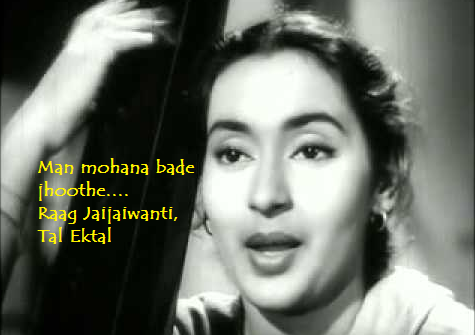
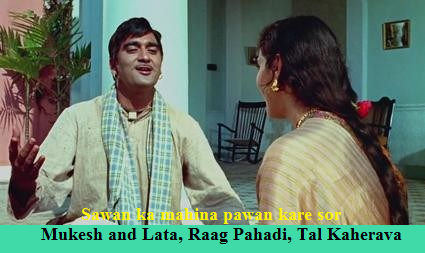
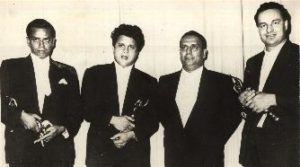
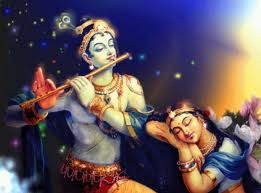
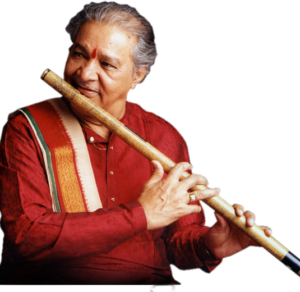
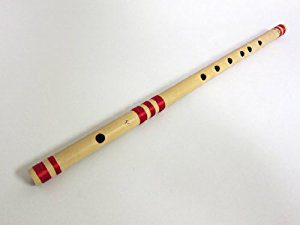 Bansuri is an aerophone, originally made of bamboo. However, these days one sees Bansuris made of metals, fibreglass and even ivory. Bansuri’s origin is Bans (Bamboo) plus Sur (Notes or Melody). The length of the Bansuri is between 12 to 30 inches. Sound is produced by resonating air column trapped inside the Bansuri. Various swar are produced by changing the length of the air-column by opening one of the six to eight holes that are manipulated by fingers of both the hands.
Bansuri is an aerophone, originally made of bamboo. However, these days one sees Bansuris made of metals, fibreglass and even ivory. Bansuri’s origin is Bans (Bamboo) plus Sur (Notes or Melody). The length of the Bansuri is between 12 to 30 inches. Sound is produced by resonating air column trapped inside the Bansuri. Various swar are produced by changing the length of the air-column by opening one of the six to eight holes that are manipulated by fingers of both the hands.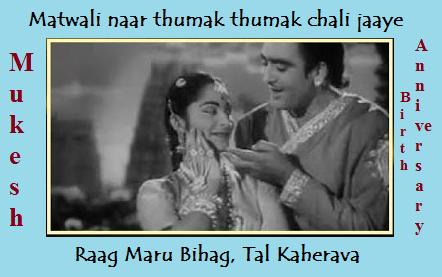
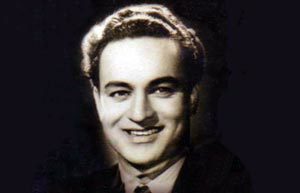 Today is the
Today is the 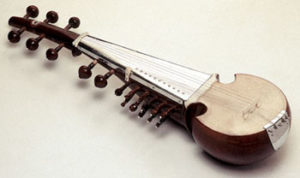
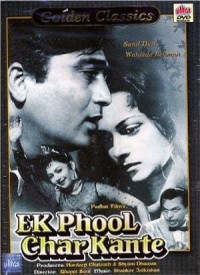 Today’s song is from the
Today’s song is from the 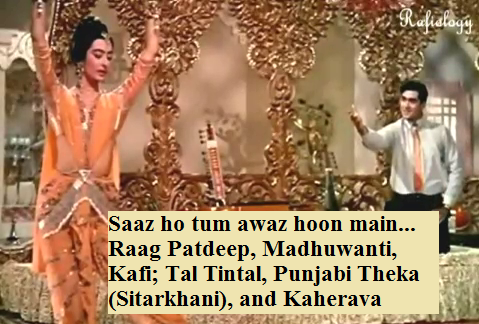
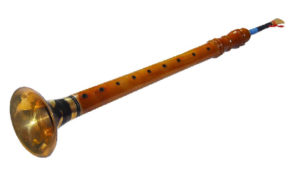
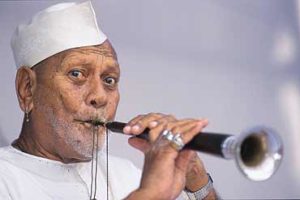
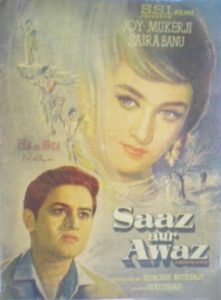
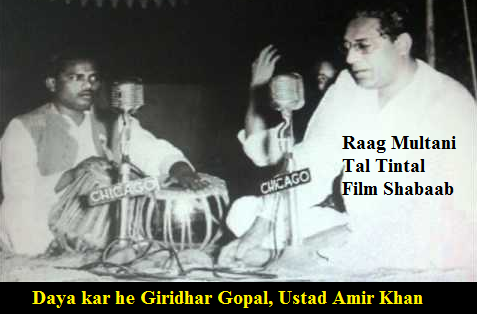
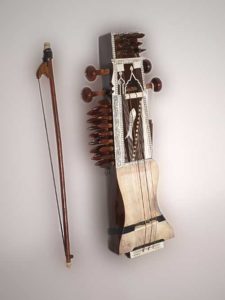
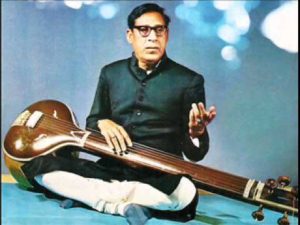 Ustad Amir Khan was born on 15 Aug 1912 in a musicians’ family in Indore. He died in a car accident in Calcutta on 13th Feb 1971. The same year, GoI conferred the Padma Bhushan award on him.
Ustad Amir Khan was born on 15 Aug 1912 in a musicians’ family in Indore. He died in a car accident in Calcutta on 13th Feb 1971. The same year, GoI conferred the Padma Bhushan award on him.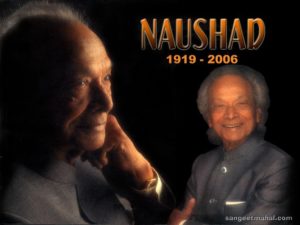 I have already told you several times that Naushad Ali was responsible
I have already told you several times that Naushad Ali was responsible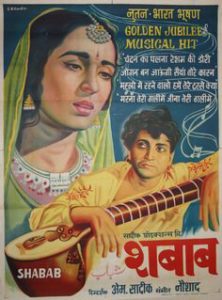 I am, however, giving you this song from
I am, however, giving you this song from 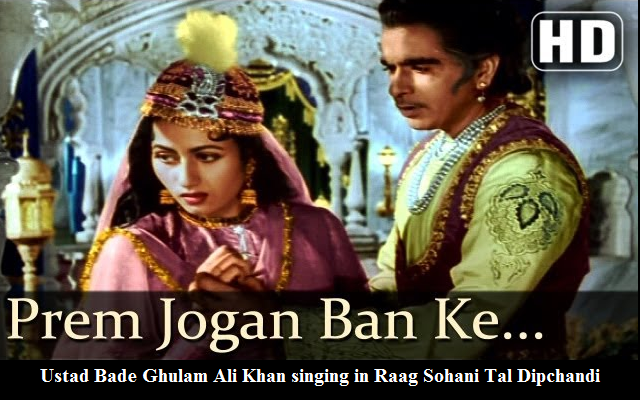
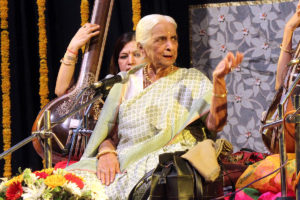
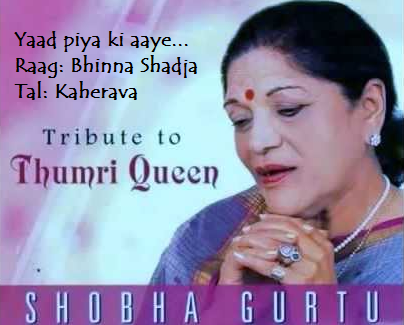
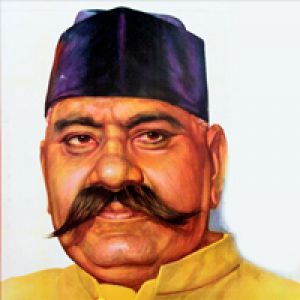
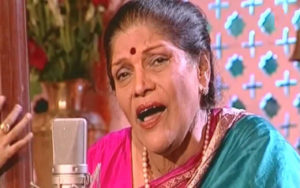
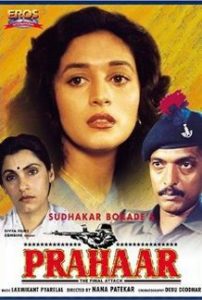 Please enjoy Shobha Gurtu sing a Thumri in Raag Bhinna Shadja, Tal Kaherava: Yaad piya ki aaye……. (The song was penned by Ustad Bade Ghulam Ali Khan at the passing away of his wife in 1932) (She sang it also for the movie Prahar, as a composition of Laxmikant Pyarelal)
Please enjoy Shobha Gurtu sing a Thumri in Raag Bhinna Shadja, Tal Kaherava: Yaad piya ki aaye……. (The song was penned by Ustad Bade Ghulam Ali Khan at the passing away of his wife in 1932) (She sang it also for the movie Prahar, as a composition of Laxmikant Pyarelal)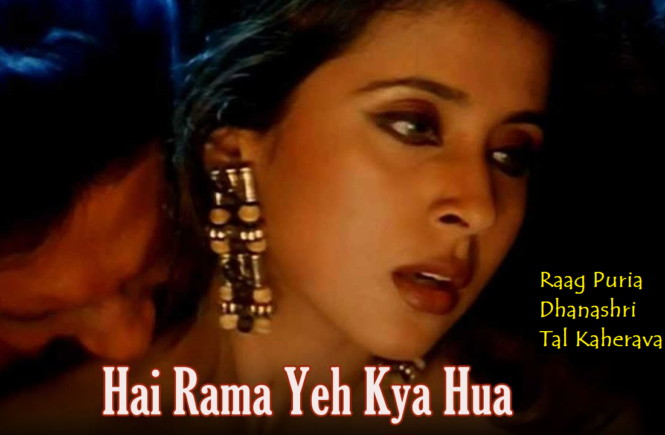
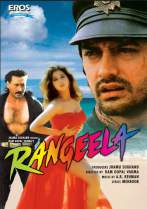 I have taken today’s song from the
I have taken today’s song from the 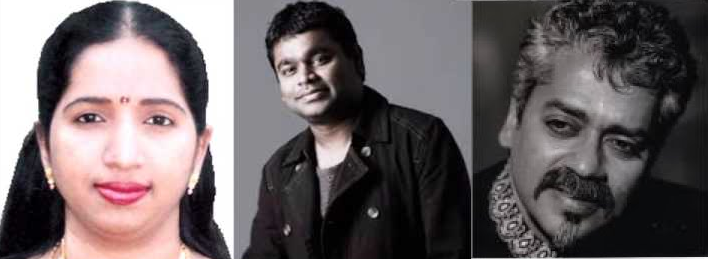
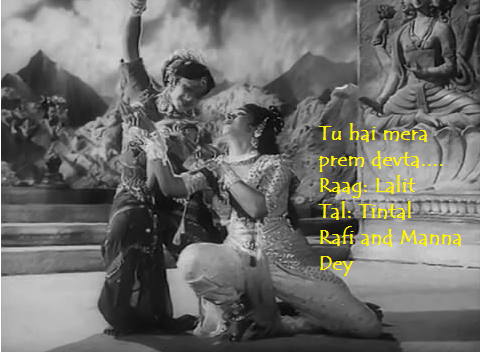
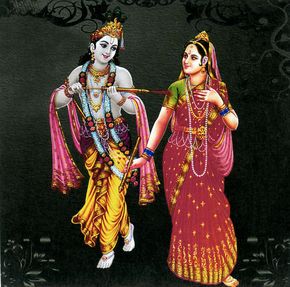 Hori
Hori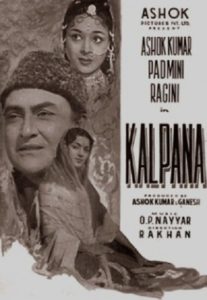 I have taken today’s song from the
I have taken today’s song from the 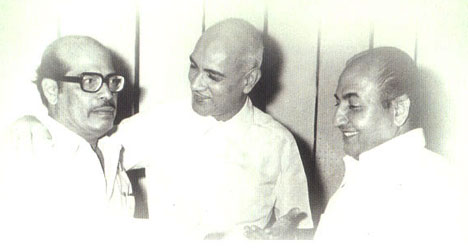
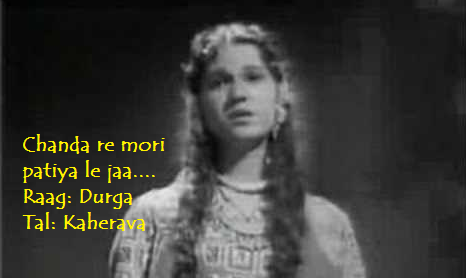
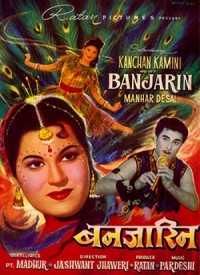
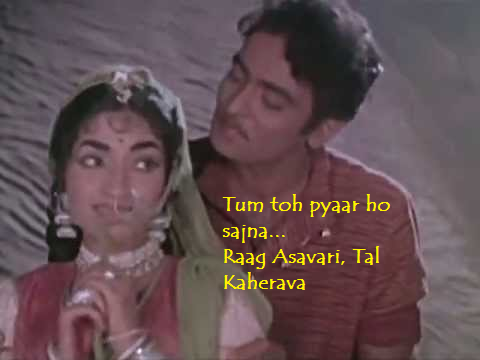
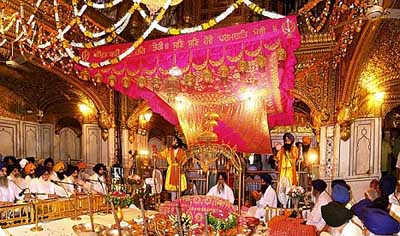
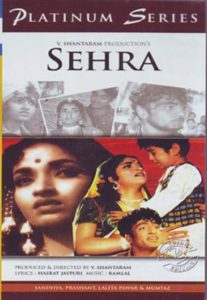
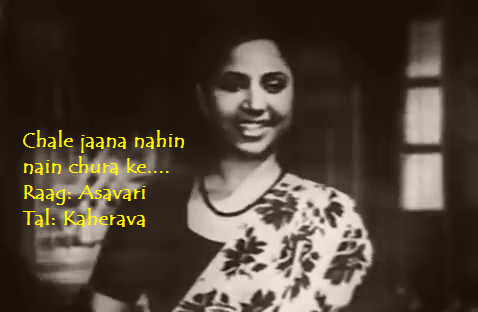
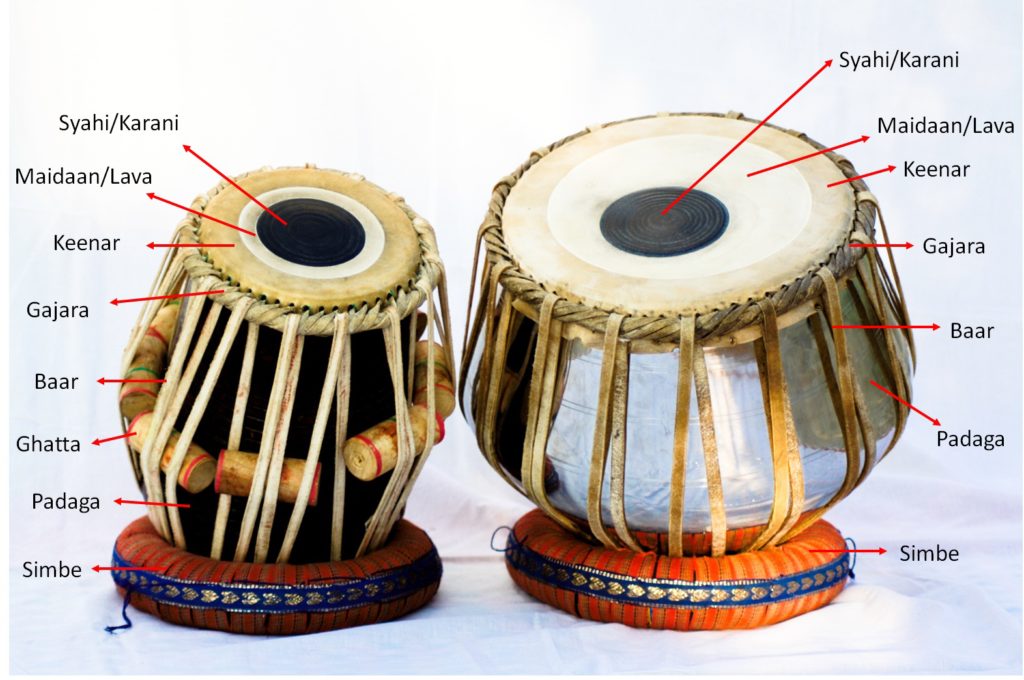
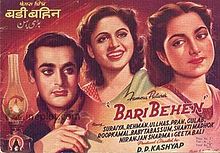 I have taken today’s song from the
I have taken today’s song from the 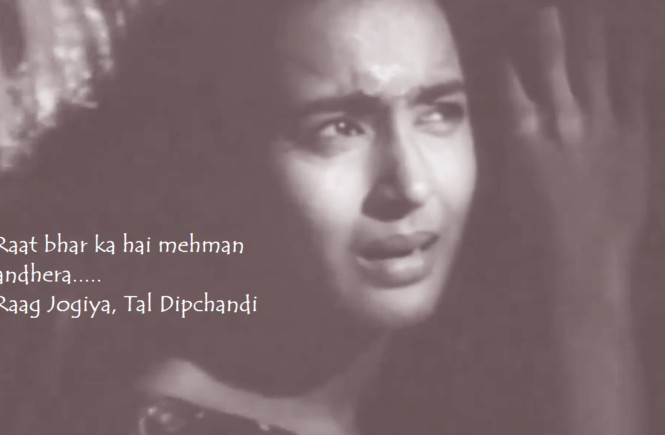

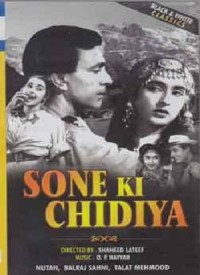 I have taken today’s song from the
I have taken today’s song from the 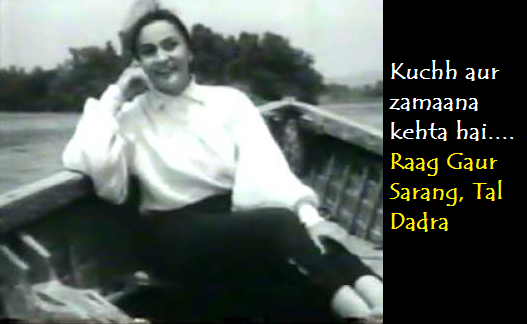
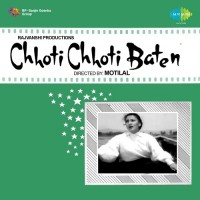 I have taken today’s song from the
I have taken today’s song from the 